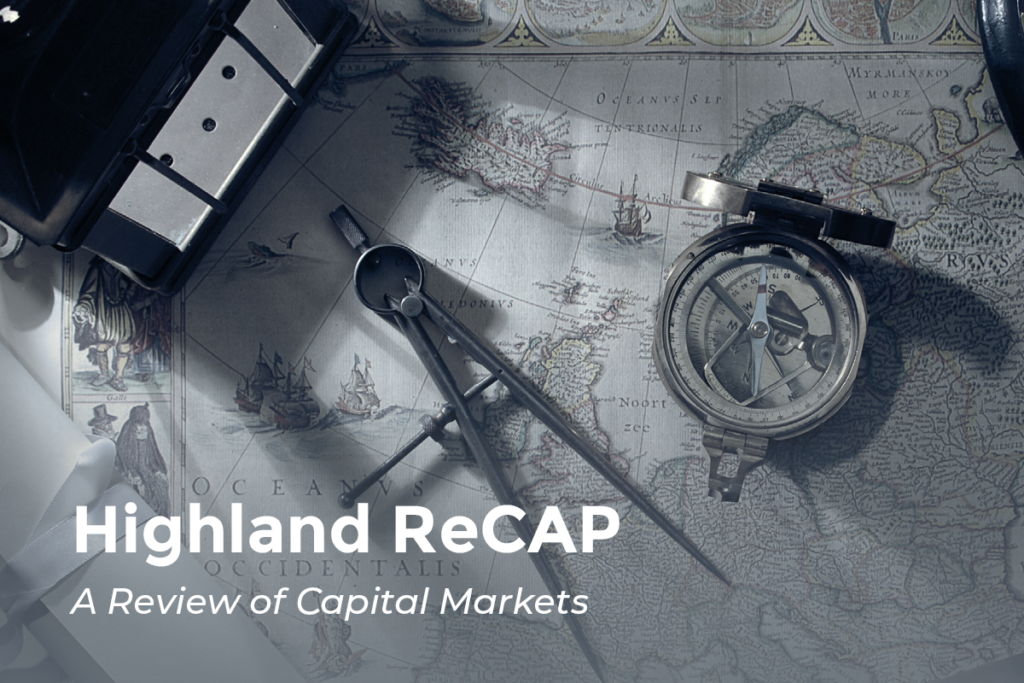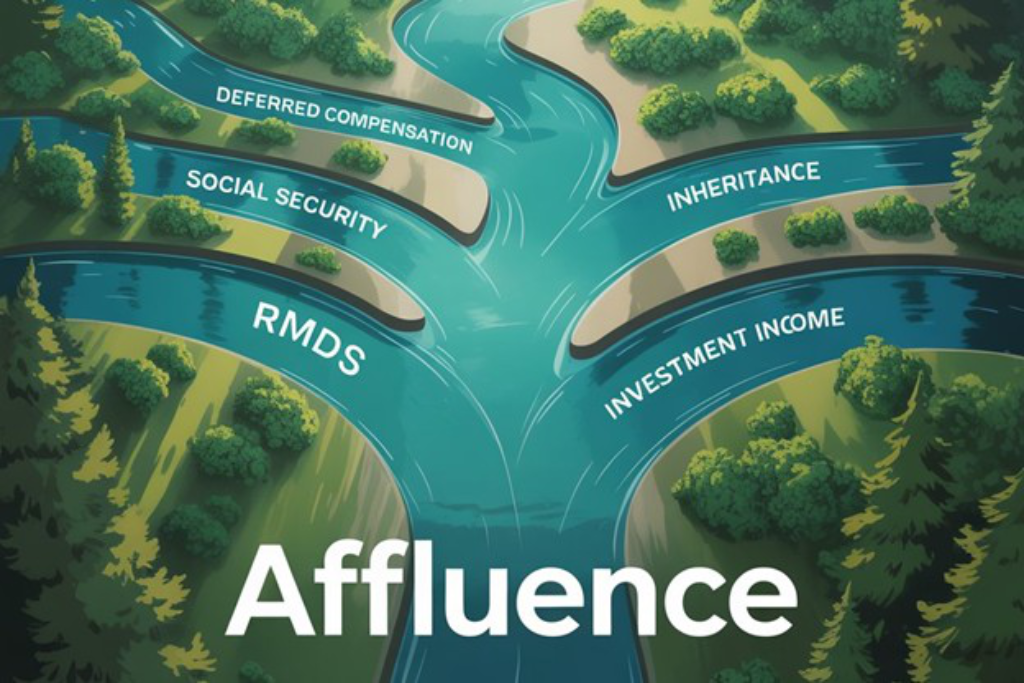Speculative Assets in Retirement Plans: A Prudent Perspective

photo credit: Ideogram
In our prior article, we examined the growing interest in private equity in 401(k) plans. That discussion, centered around illiquidity and fiduciary responsibility, provides important context for the next frontier: speculative assets. Recently, the Administration asked the Department of Labor (DOL) to further review their use in retirement plans. For plan sponsors, this raises fundamental questions about fiduciary duty, portfolio construction, and participant outcomes.
Defining Speculative Assets
Speculative assets are investments driven primarily by market sentiment and momentum rather than intrinsic fundamentals. These include cryptocurrencies, meme stocks, special purpose acquisition companies (SPACs), highly leveraged exchange-traded funds (ETFs), and thinly traded instruments. For example, Bitcoin rose from under $10,000 in early 2020 to nearly $69,000 in 2021 before falling more than 70% the following year. This type of volatility—orders of magnitude higher than equities or bonds—defines speculative assets.
Highland on Speculative Assets in ERISA Plans
ERISA fiduciary standards require prudence and loyalty. In Highland’s view, speculative assets do not belong in core retirement menus because of their volatility, their lack of reliable valuation anchors, and the uncertain regulatory environment. Unlike equities, which are claims on earnings, or bonds, which are contractual obligations, speculative assets often lack underlying cash flows. The notion that cryptocurrencies are a 'store of value' is misguided. A true store of value is more stable, predictable, and liquid across market cycles—qualities that crypto has not demonstrated.
Consider: during the inflation surge of 2022, when a supposed store of value would have preserved purchasing power, crypto currencies lost over 60% of its value. In contrast, U.S. Treasury Inflation-Protected Securities (TIPS) provided positive real protection, validating their role as a more appropriate inflation hedge.
Where Speculation Can Ride Along—But Not Drive
While speculative assets are not suitable for ERISA-qualified retirement menus, they can have a role in other environments:
Brokerage Windows. With constraints, participants may allocate a small percentage of total retirement assets to speculative instruments. This allows investment choice without impacting the plan’s core architecture.
IRAs and Personal Brokerage Accounts. Outside employer plans, individuals can allocate as much as they deem appropriate, reflecting their personal risk appetite.
Family Wealth Accounts. Families may prudently allocate a percentage of total wealth to speculative themes, recognizing the potential upside but containing the downside.
These allocations are akin to adding a sidecar to the retirement vehicle—visible, optional, and detachable—while the engine remains powered by diversified, income-generating assets.
Conclusion
Speculative assets capture attention, but they are not foundational to retirement security. Their role should not jeopardize fiduciary obligations. A disciplined sliding-scale framework—permitting a modest percentage of assets for participants via brokerage windows ensures that speculation remains optional and controlled. This approach balances investor choice with fiduciary prudence. In short, speculation has a place, but it is a sidecar, never the engine, of retirement planning.
Highland Consulting Associates, Inc. was founded in 1993 with the conviction that companies and individuals could be better served with integrity, impartiality, and stewardship. Today, Highland is 100% owned by a team of owner-associates galvanized around this promise: As your Investor Advocates®, we are Client First. Every Opportunity. Every Interaction.
Highland Consulting Associates, Inc. is a registered investment adviser. Information presented is for educational purposes only and is not intended to make an offer of solicitation for the sale or purchase of specific securities, investments, or investment strategies. Investments involve risk and unless otherwise stated, are not guaranteed. Be sure to first consult with a qualified financial adviser and/or tax professional before implementing any strategy discussed herein. Past performance is not indicative of future performance.



